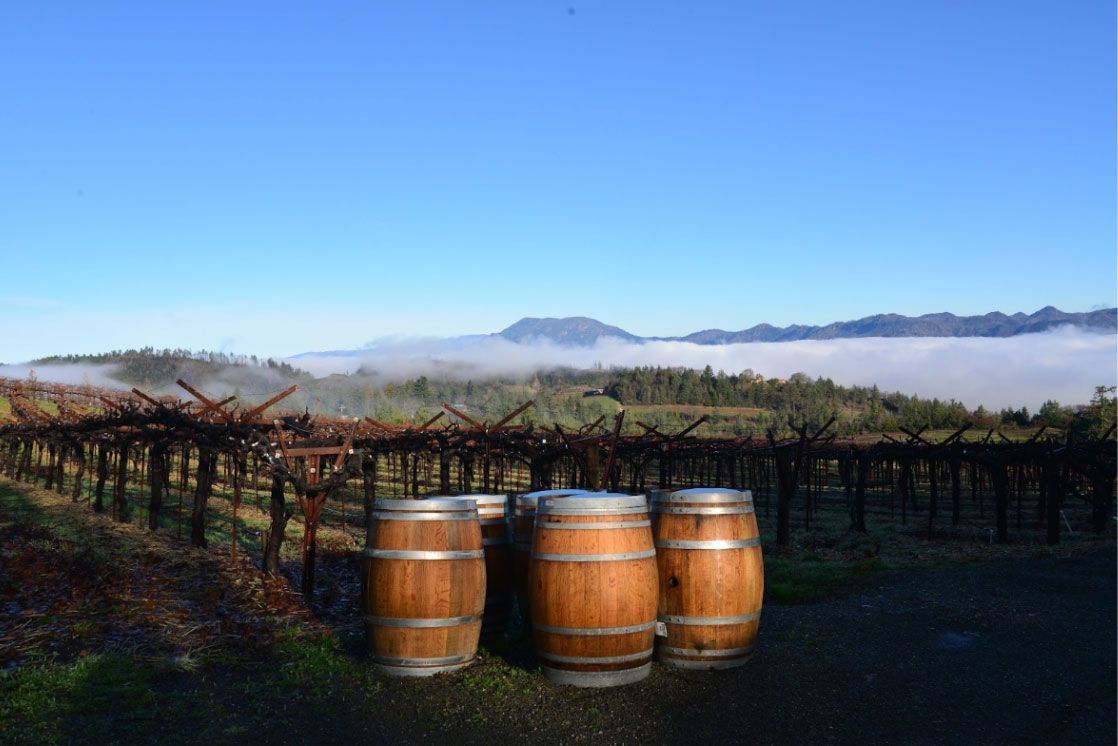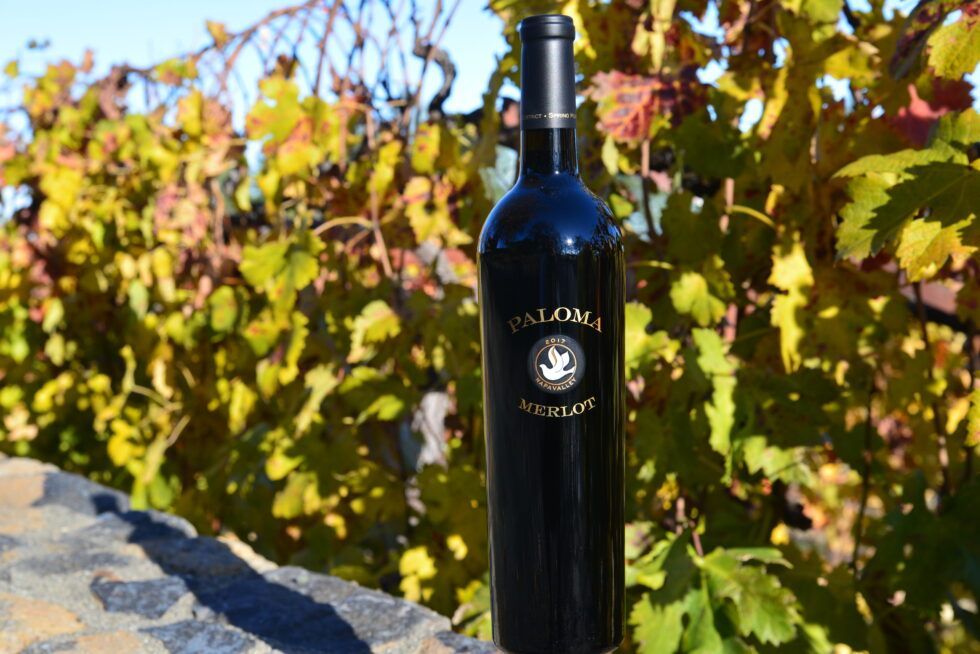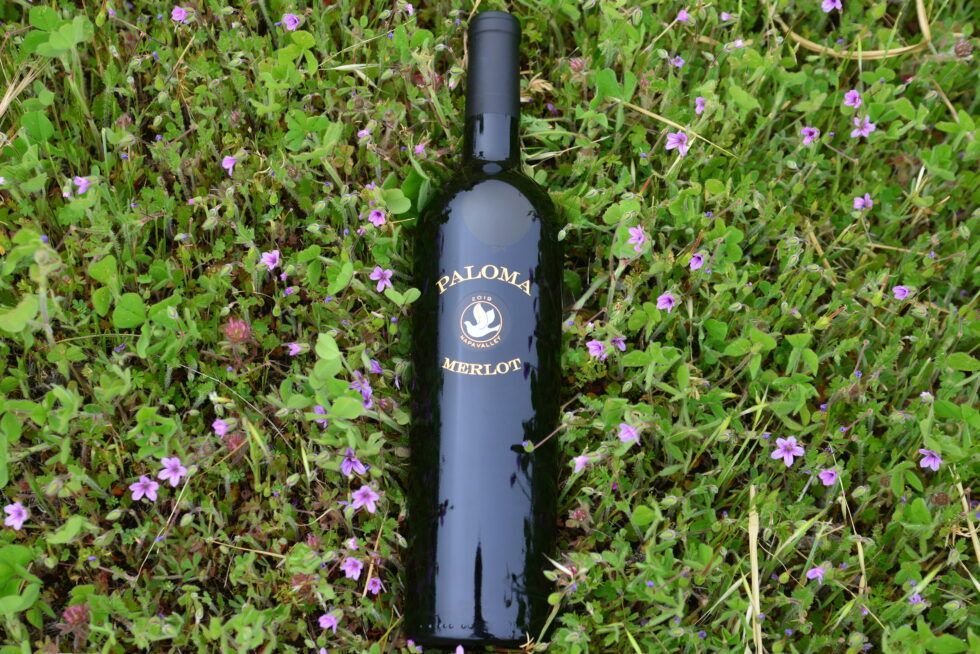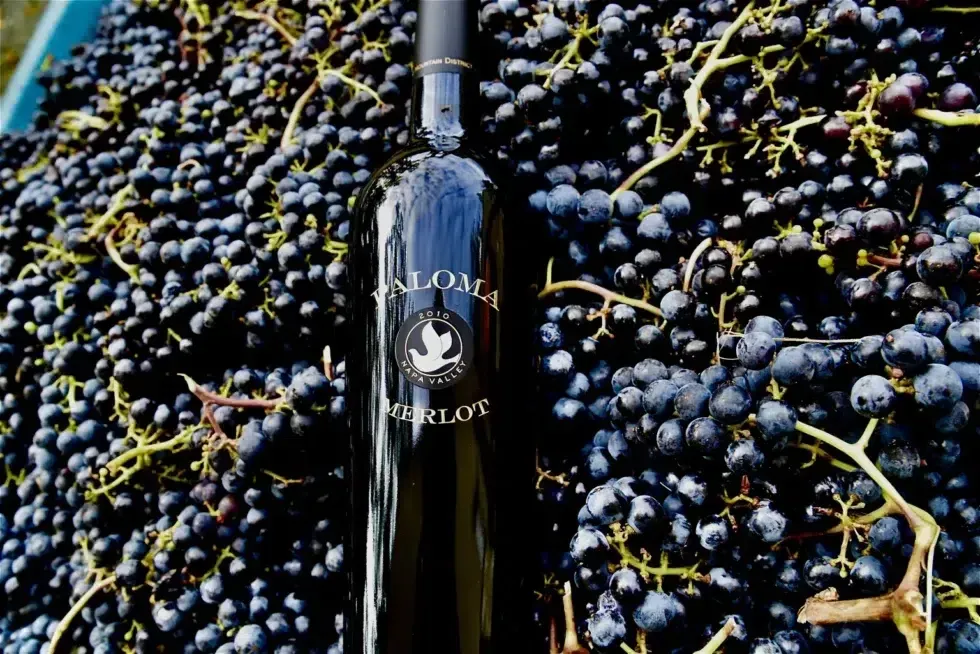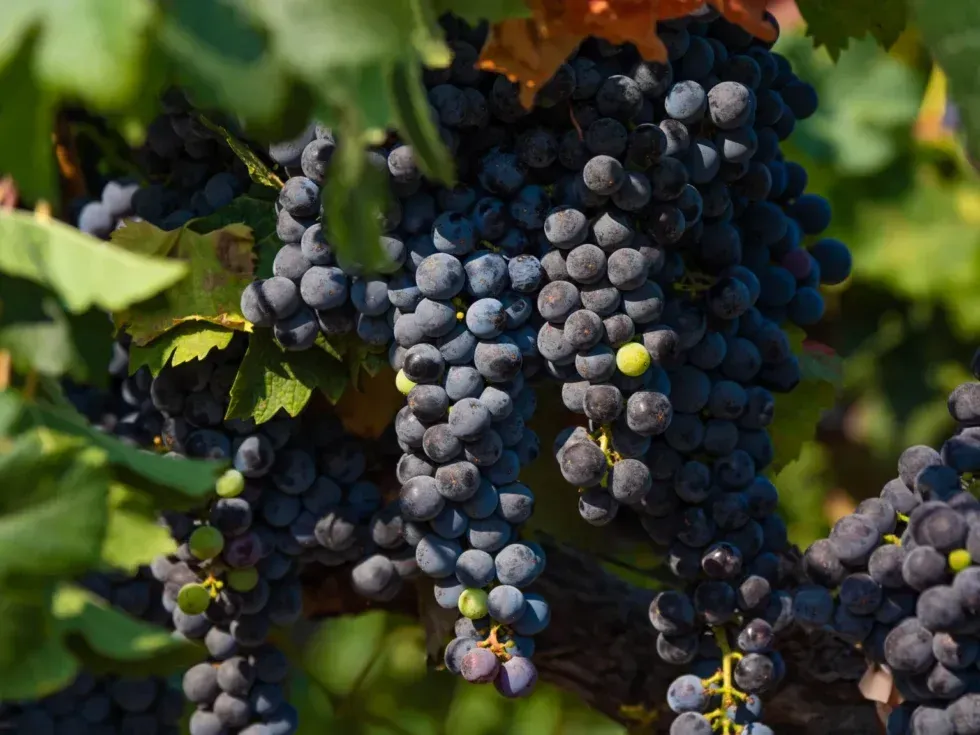What kind of wine is Merlot? 10 fascinating details about the mystique of Merlot
April 18, 2024
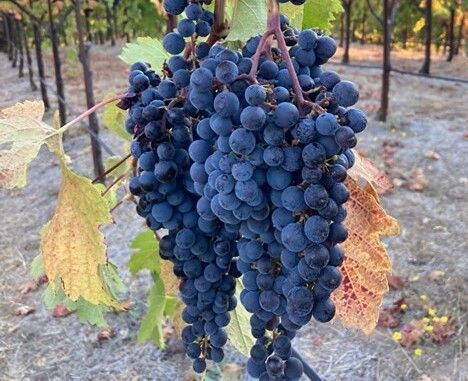
The journey through the vineyards of France is where we start as we unravel the captivating story of the Merlot grape varietal. With its lush flavors and velvety texture, this red wine grape has charmed wine enthusiasts for centuries. Explore ten intriguing details about this beloved grape varietal below, from its ancient origins to its modern-day allure.
What kind of wine is Merlot ?
- Ancient Roots: Merlot's history dates back many centuries. Some say the 1400s, others say older. The name "Merlot" is believed to be derived from the French word "merle", meaning blackbird, possibly referencing the grape's dark blue color or the fondness that birds have for its sweet, juicy berries.
- Bordeaux Royalty: Merlot plays a starring role in the esteemed wines of Bordeaux, where it is often blended with Cabernet Sauvignon, Cabernet Franc, Malbec, and Petit Verdot to create classic red blends. It is also the most commonly planted varietal in Bordeaux. In the famous Bordeaux classification of 1855, Merlot-based wines from the Right Bank region, such as those from Pomerol and Saint-Émilion, were awarded top honors alongside their Left Bank counterparts.
- Global Spread: While Bordeaux remains Merlot's spiritual home, this versatile grape has spread its vines to wine regions around the world. From the sun-drenched hills of California's Napa Valley to the scenic landscapes of Italy's Tuscany region, Merlot thrives in diverse terroirs, showcasing its adaptability and charm wherever it grows.
- Velvet Texture: One of Merlot's most alluring qualities is its plush, velvety texture, which coats the palate with layers of smoothness and finesse. This luxurious mouthfeel is attributed to Merlot's relatively low acid levels compared to other red grape varieties, making it an approachable smooth and easy-to-love wine for both novice and experienced drinkers alike.
- Flavor Spectrum: Merlot's flavor profile spans a wide spectrum, ranging from ripe red fruits like cherry and plum to dark notes of blackberry and cassis. Depending on the barrel aging and winemaking techniques, Merlot can also exhibit hints of chocolate, vanilla, or spice, adding complexity to its character.
- Standalone Stardom: While Merlot is often celebrated for its role in Bordeaux blends, it also shines as a standalone varietal. In regions like Australia, California, Chile,Tuscany, and South Africa, winemakers craft exquisite single-varietal Merlot wines that showcase the grape's full potential, offering consumers a pure expression of its flavors and aromas.
- Merlot Misconceptions: Despite its widespread popularity, Merlot has faced its fair share of misconceptions over the years, thanks in part to a certain Hollywood movie. In the film "Sideways," the protagonist famously declares his disdain for Merlot, causing a temporary decline in its sales and reputation. However, true wine enthusiasts know that the Chateau Pétrus Cheval Blanc that Miles drinks at the end of the movie is actually a Merlot. This grape deserves a place of honor on any wine lover's table.
Merlot's Renaissance: In recent years, Merlot has experienced a renaissance, reclaiming its status as a beloved and respected wine varietal. Winemakers have embraced Merlot's innate charm and elegance, crafting exceptional wines that highlight its virtues and showcase its potential to captivate the senses.
Food-Friendly: Merlot's versatility extends beyond the vineyard, making it an ideal companion for a wide range of culinary delights. Whether paired with grilled lamb chops, mushroom risotto, or a decadent chocolate dessert, Merlot's balanced acidity and supple tannins complement a variety of dishes, enhancing the dining experience with every sip.
Timeless Appeal: As trends come and go, Merlot remains a timeless classic in the world of wine. Its enduring appeal lies in its ability to deliver consistent quality and pleasure with each bottle, inviting wine lovers to savor the moment and indulge in the simple joys of life.
From its ancient origins in Bordeaux to its modern-day resurgence on the global stage, Merlot continues to captivate wine enthusiasts with its rich history, diverse flavors, and undeniable charm. Whether enjoyed on its own or as part of a blend, Merlot is a kind of wine that reminds us great wine is not just a beverage but a journey of discovery. So raise a glass to Merlot, and toast to the enduring legacy of this extraordinary grape varietal. Cheers!
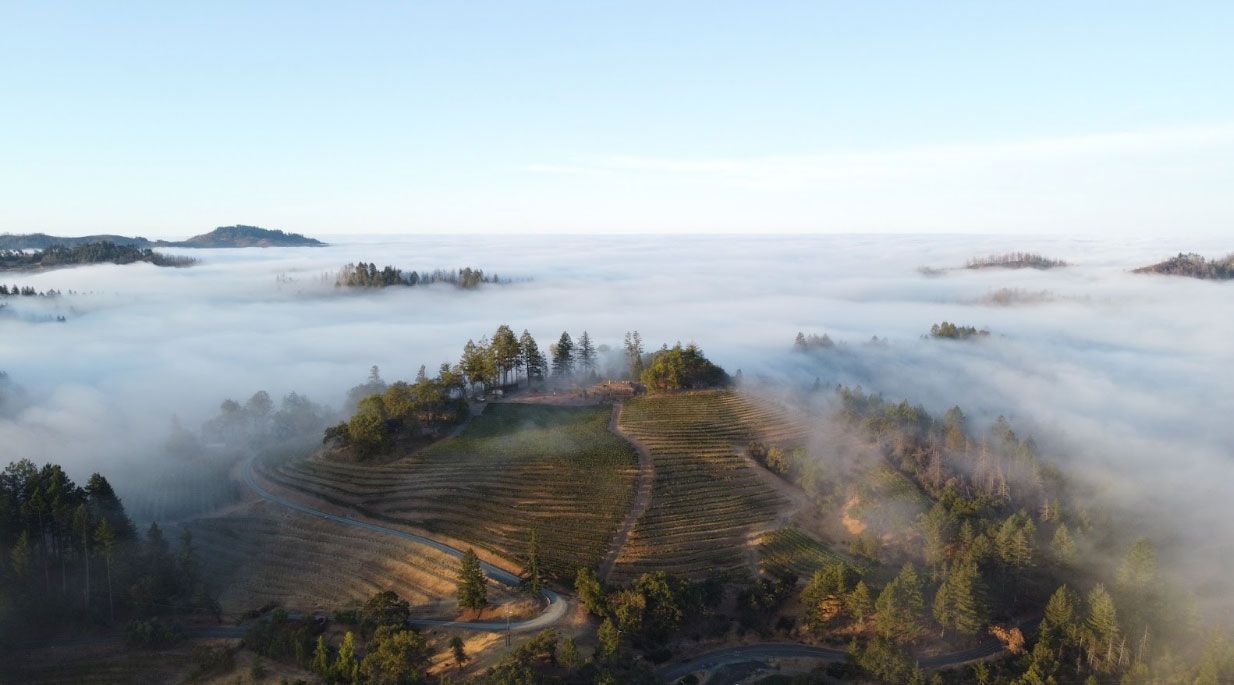
By caston
•
December 2, 2025
Nestled on the western slopes of the Mayacamas Mountains and overlooking the iconic Napa Valley, the Spring Mountain District AVA offers a truly elevated wine‑country experience. With vineyards planted on steep hillsides, above the valley floor, this mountain appellation is all about high altitude vineyards, dramatic terroir and a hospitality style grounded in family, craft and place.

By caston
•
October 21, 2025
Wine tasting is more than etiquette and ceremony. It’s an opportunity to listen to your palate — to discover what flavors resonate most with you, so that in later tastings or purchases, you can ask for “more of that. ” When you can name what you like, you unlock a more rewarding, deeper wine experience. Below is your refined guide to wine tasting etiquette — yes — but always in service of helping you tune in to your preferences.
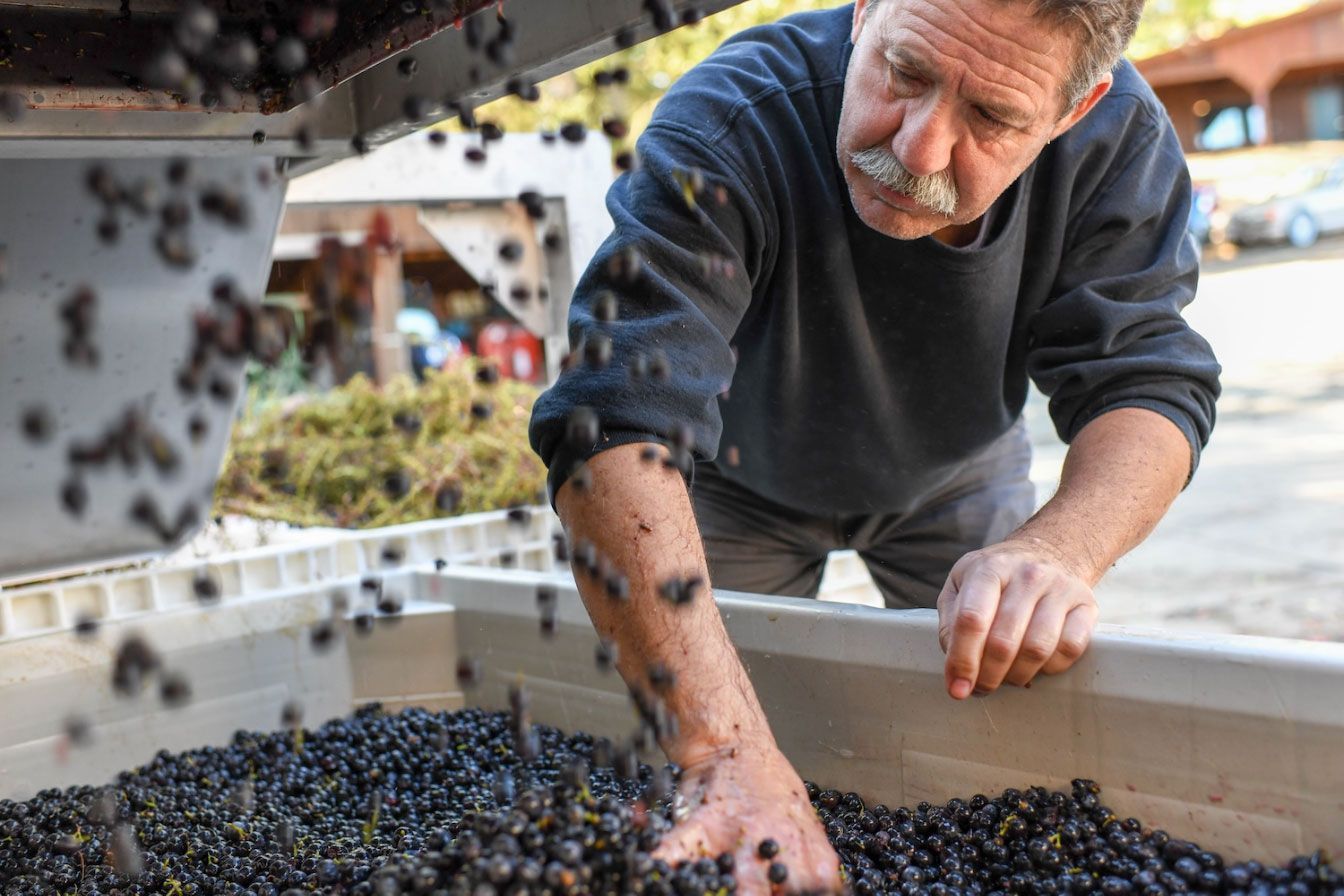
By caston
•
August 18, 2025
At Paloma, Merlot is the soul of our story. It is the grape that founders Jim & Barbara fell in love with on their journey to Spring Mountain. Picture this: it’s the late 1970s, and Barbara and Jim are visiting the Duckhorn vineyard, tasting their famed Three Palms Merlot. They lean into a sip and feel stirred—not just by the wine’s richness, but by its quiet elegance. That moment sparked something. They looked at each other and thought, “This is the wine we want to make. These are grapes we have to grow.” Before they even found the site, they had their hearts set on Merlot. By the time they found the raw land at the top of Spring Mountain, there was no changing their minds. Back then, planting Merlot at that elevation was almost unheard of—too cool, too risky. But they trusted their instincts and took the leap.
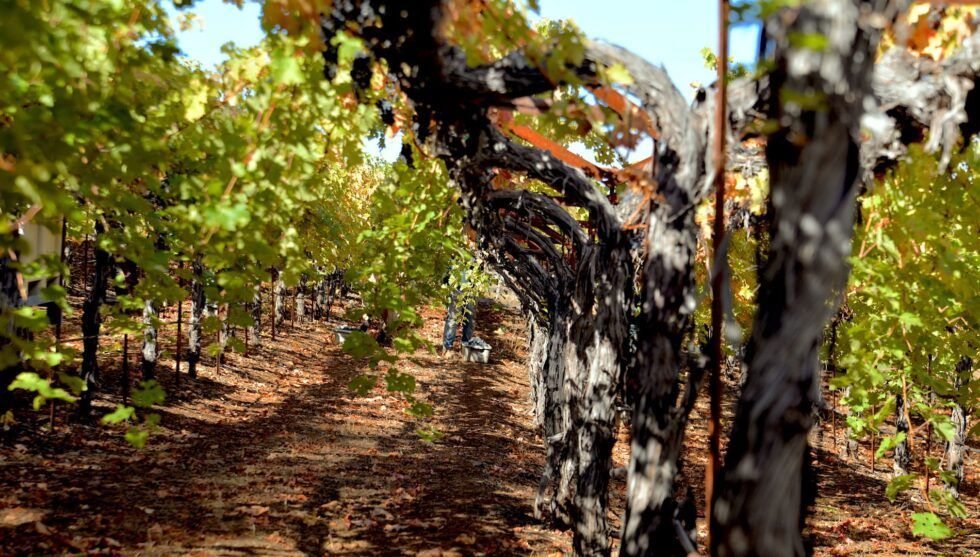
By WSI
•
March 26, 2025
At Paloma Vineyard, sustainability is more than just a practice—it’s the foundation of everything we do. Nestled on Napa Valley’s Spring Mountain, our small, family-run vineyard has been embracing sustainable and regenerative farming for over four decades. Every choice we make, from cover cropping to solar power, reflects our deep respect for the land and our commitment to producing exceptional wines that honor both our family legacy and the environment.

